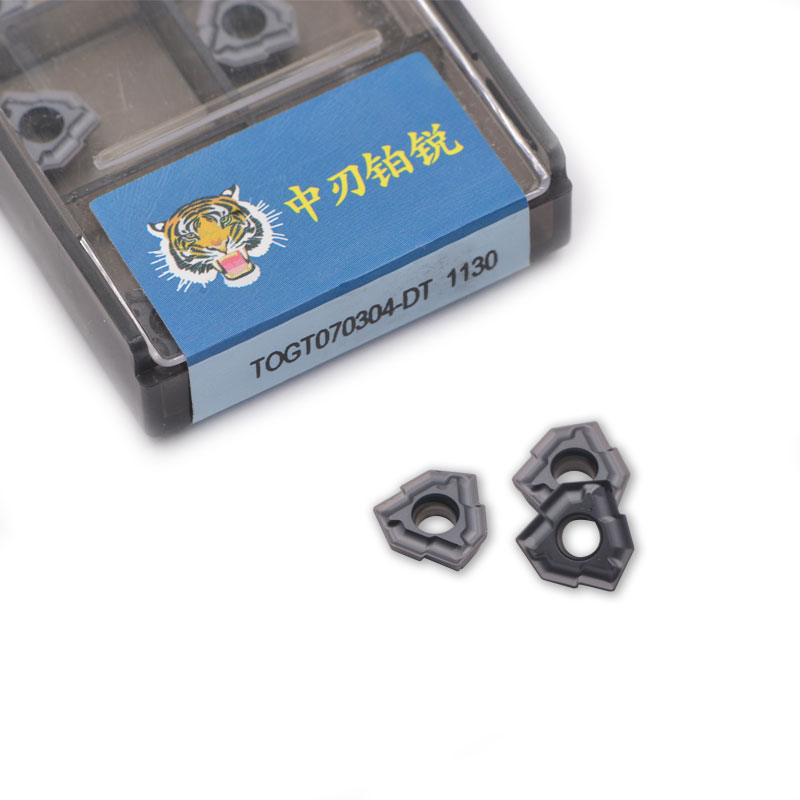1, the purchase of CNC blade merchants have been distressed by the wear of CNC blades, abrasive wear chips or some small hard points on the surface of the workpiece (such as carbide, oxide, etc.) and impurities (such as sand, oxide, etc.), as well as the adhesion of the chip tumor debris, etc., a mechanical wear caused by the grooves carved out on the surface of the CNC blade. For high-speed steel tools with low expected speed and low cutting temperature (such as broach, die, tap, etc.), it is the most important cause of wear.
2. Adhesive wear forms fresh surface contact under the positive pressure and cutting temperature between the back tool face of the CNC blade and the workpiece surface and the front tool face of the CNC blade and the chips. When the contact surface reaches the interatomic distance, the adsorption bond phenomenon occurs. The joint point is gradually cut and torn away by the workpiece or chips, and the surface of the CNC blade will produce adhesive wear. Adhesive wear is one of the main reasons for the wear of cemented carbide when cutting at medium and low cutting speed.
3, diffusion wear at high temperature, high pressure, CNC blade material and workpiece material in the solid state of some chemical elements in the small mutual diffusion, that is, tungsten carbide Ti, w, Co and other elements like steel diffusion, and the workpiece Fe, C and other elements to the CNC blade diffusion, resulting in the hardness of the tool surface, strong reading decline, brittleness increase, tool wear intensification. This is known as diffusion wear, and diffusion wear is one of the main reasons for the wear of cemented carbide cutting tools at early high temperatures (800″900°C).
4, generally W, Co diffusion rate is faster than Ti, Ta, so the high temperature cutting performance of YT class cemented carbide is better than YG class. Phase change wear When cutting with high-speed steel tools, when the cutting temperature exceeds the phase change temperature (550″600°C), the metallographic structure of the CNC blade will change, so that the hardness will decrease and the wear will accelerate, so the phase change wear is one of the main reasons for the wear of the high-speed steel CNC blade. Chemical wear At a certain temperature, the media around the cutting zone, such as air, cutting fluid, etc., react chemically with the tool material to form some loose and fragile compounds. These compounds are easy to be cut and workpiece abrasion away, resulting in CNC blade wear.

Post time: Nov-08-2023
